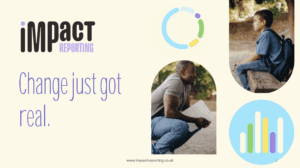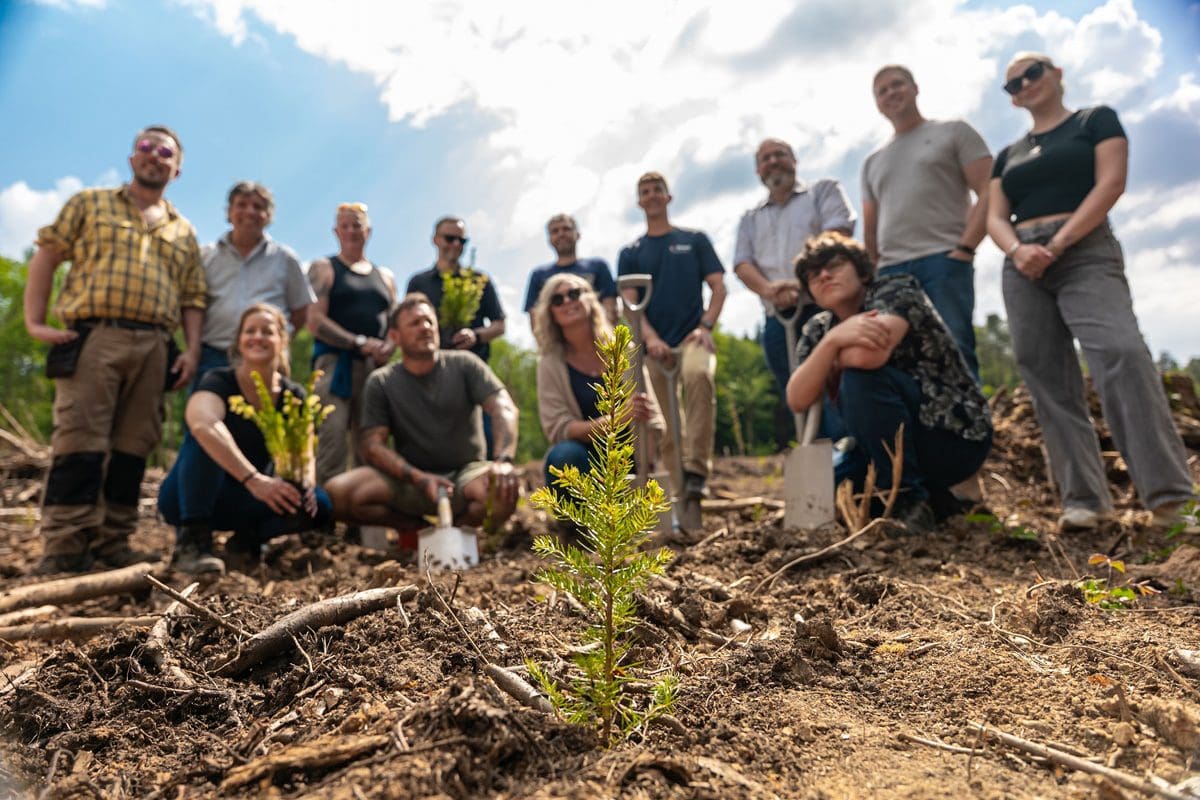What does ‘materiality’ mean for your sustainability reporting?
Recently, we’ve seen one word come up again and again in the world of sustainability reporting. Materiality.
Every organisation will face unique challenges and opportunities when it comes to sustainability. This is part of the reason why creating a common global (or even national) standard for reporting has been so notoriously difficult. With every business on their own journey, how can we ever set a prescriptive list of what we should or shouldn’t be reporting on?
This is exactly what the concept of materiality is a solution for. But what does it actually mean for your business’s reporting process?
What is materiality?
Materiality at a social value level is about the effects your business in particular has. It’s about defining where you have an impact, allowing you to take an appropriately targeted approach. But more than that, it empowers an organisation to take an individual approach to their reporting. You no longer have to tick off a list of what a third-party regulator perceives to be the most important issues. Instead, you can focus on what’s most relevant and important to your organisation and its stakeholders.
The concept of materiality allows you to decide which sustainability-related issues are most important and relevant to your business. And thus which data to capture and include in your reports.
Some examples might be a beverage company focusing on water scarcity since creating their products will impact this. Or a furniture manufacturer thinking about deforestation.
Not all issues are going to be relevant to every business. So by thinking in terms of materiality, you can take a more meaningful approach. You can ensure you’re cutting through the noise and putting the most important information in the hands of stakeholders.
To complete a materiality assessment, you’ll have to consider your business’s current impact, short- and long-term goals, stakeholder needs and feedback, regulatory requirements, and industry trends.
Single, impact, or double materiality?
Single, impact, and double materiality are the three most common types you’ll see. And they’ll all require something slightly different from your reporting.
First of all, there’s single materiality. This requires you to consider the impact of sustainability issues on your organisation’s financial performance. It’s what you’ll often see in traditional financial reporting. If an issue could have a significant financial impact on your business, then it’s considered material.
Next we have impact materiality. Moving beyond financial success and profits, this type of materiality gets you thinking about the impact of sustainability-related issues on your company’s stakeholders and wider society. Unlike single materiality, this encourages you to think outside of your business and consider the impact you have on the world around you.
And finally, there’s double materiality. This is a combination of both single and impact materiality. It requires your organisation to consider the impact of sustainability-related issues on its finances and performance, as well as how your daily actions impact and influence the wider economy and society.
Double materiality provides a more thorough view of your sustainability. And it’s the one we’re seeing introduced in both the EU’s CSRD and the ISSB’s new standards – IFRS S1 and S2.
Where do you start?
The mention of materiality in these global standards is a positive step forward for sustainability. It means organisations no longer have to jump through hoops to capture data that adds nothing to their reporting. But it also requires some additional work to identify what issues are important to your company.
We recommend that you create a materiality matrix on an annual basis. This allows you to weigh up how relevant individual issues are to 1) your performance and 2) stakeholders and wider society.
Completing frequent materiality assessments does more than tell you what to include in your reports. Ranking core sustainability issues in this way will help shape your future sustainability strategy, too. It highlights areas that deserve extra time and resources – as well as any that might be eating into your resources.
Another early step should be to engage with your stakeholders. After all, their perspective is a critical part of this process. Rather than assuming you know what they care about most, speak to them directly. Capture their thoughts and priorities and let this guide your approach.
Materiality is great for the future of sustainability reporting. It gives you freedom over where to focus your efforts and what to include in your reports. Rather than playing by the rules of a third-party regulator, you can to your strengths and focus on the areas where you can make the biggest difference.
Impact is a framework-independent platform that allows you to capture and manage all your social value, sustainability, and ESG data with ease. With automated data capture, effortless reporting, and intelligent survey functionality, you’ll have full visualisation of your journey. To find out more, schedule a demo or get in touch with the team on 0161 532 4752.






